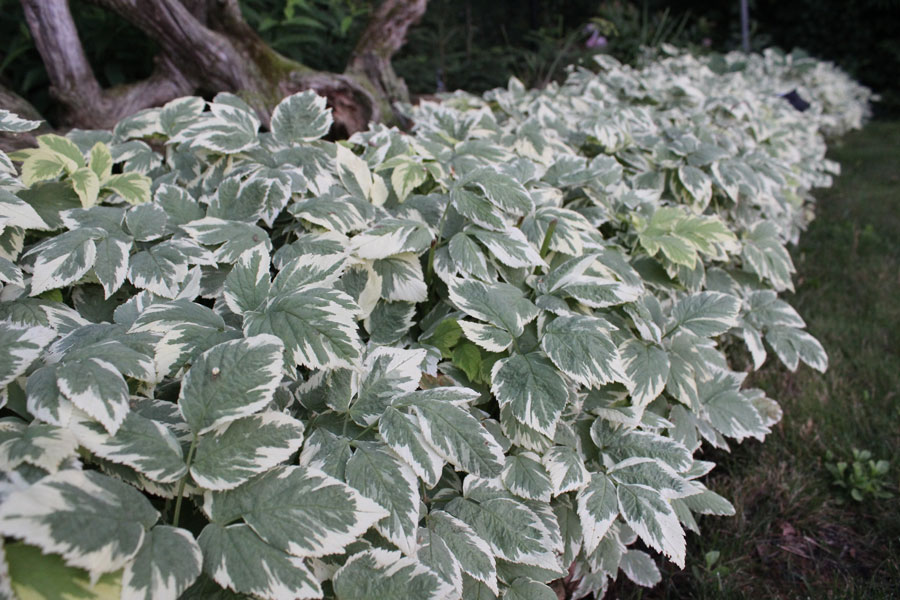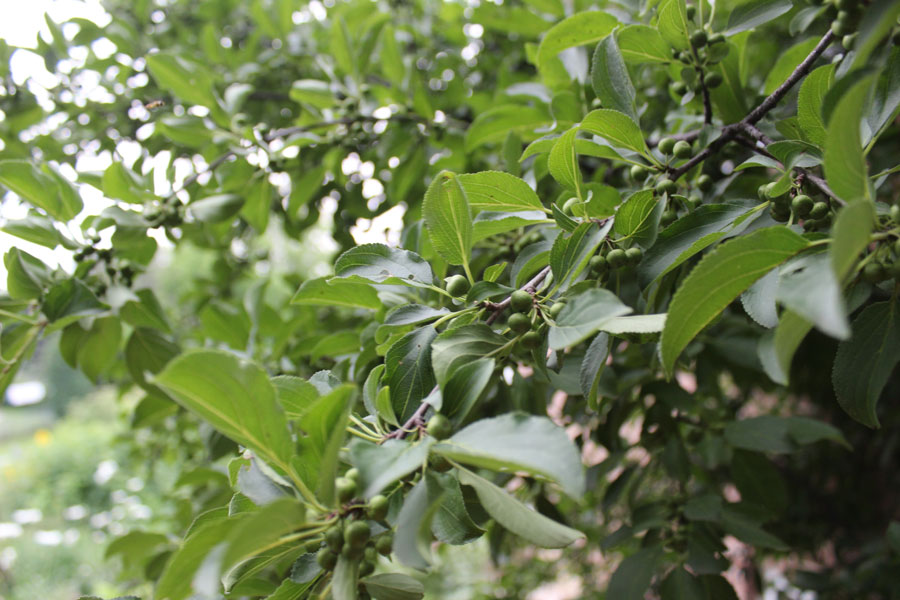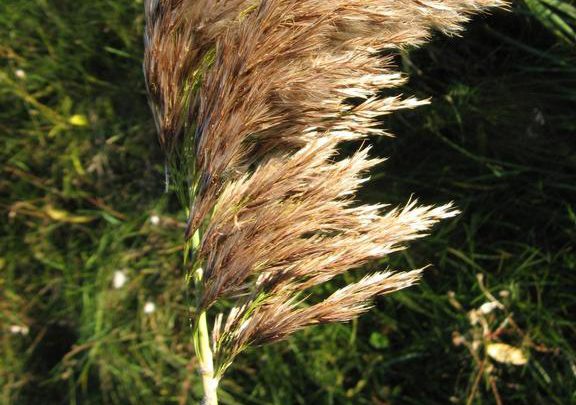ONTARIO – Invasive plants are non-native species that cause harm to the environment, the economy or human health.
The province of Ontario announced on June 20 that it will invest $16 million over three years to support municipalities, conservation authorities, and Indigenous communities to stop the spread of invasive species.
The funding will be administrated through the Invasive Species Centre and Nature Conservancy of Canada (ISCNCC), but it’s not yet clear which municipalities, authorities or communities will receive funding.
Grand River Conservation Authority (GRCA) supervisor of natural heritage Ron Wu-Winter said the authority has applied for two grants through the ISCNCC’s Invasive Species Action Fund and Invasive Phragmites Control Fund, but has not received official approval yet for either grant.
Parks manager Jeff Myer said Guelph/Eramosa Township does not yet know if it will receive a portion of the funding, but is looking into it.

Invasive – The province has announced it will invest $16 million to support municipalities, conservation authorities and Indigenous communities with invasive species management. Invasive plants cause ecological or economical harm, or harm to human health, and include Bishop’s goutweed. Advertiser file photo
Other municipalities and conservation authorities did not respond to the Advertiser’s request for comment in time for publication.
Wu-Winter said non-native phragmites (sometimes called common reed) are on of the most significant invasive species for the GRCA.
Phragmites can grow to heights of between eight and 15 feet, Wu-Winter said, and form dense patches at edges of wetlands and in roadside ditches.
“It’s one of the more aggressive plants we have in our watershed,” he said, and it “seems to grow almost anywhere.”
Wu-Winter said other plants of concern include dog-strangling vine, European buckthorn, giant hogweed and garden plants including common ivy (English ivy), periwinkle, Tree of heaven (Chinese sumac), and Bishop’s goutweed. These plants are particularly problematic in yards and gardens that are adjacent to natural areas, he noted, as they will spread.
In parks, trails and woodlots in Guelph/Eramosa, Myer said there has been “an increase of buckthorn, Manitoba maple and garlic mustard.
“Invasive plants, in one way or another, limit the opportunity for native plant growth,” Myer said.
“Manitoba maples are a fast-growing tree with a dense canopy that develop weak points in their branches, resulting in a greater chance of falling branches.
“Garlic mustard’s root system releases a chemical within the soil that prevents the growth of other plants and grasses.
“And buckthorn shades out native plants and can alter nitrogen levels in the soil, discouraging the growth of native species,” Myer said.
One of the reasons invasive species “often cause trouble when introduced into a new area,” Wu-Winter said, is because they aren’t kept in check by the diseases, insects and animals that impact native plants.
Invasive plants interrupt well established ecological relationships between plants, animals, insects, and fungi, he said.
Guelph/Eramosa manages invasive plants on a complaint basis, assessing each situation and determining the best approach, Myer said.
Increased funding could allow the township to take a more proactive approach, he noted.
The GRCA spends between $15,000 and $50,000 per year on managing invasive species, mostly focusing on small patches of highly disruptive plants and when they threaten especially valulable ecological resources or habitats, Wu-Winter said.
“Some plants are so well established that it doesn’t really make sense to control them,” he said, as it would involve spending a lot of resources fighting a losing battle.

Invasive – The province has announced it will invest $16 million to support municipalities, conservation authorities and Indigenous communities with invasive species management. Invasive plants cause ecological or economical harm, or harm to human health, and include European buckthorn. Advertiser file photo
But when plant populations are still limited, the authority takes action “because chances of success are better and resources required are lower.”
This is often the case with dog-strangling vine, which is becoming more common in the Grand River watershed but is often found in small, manageable patches.
For the last five or six years the GRCA has been controlling a 15-hectare (37-acre) stand of phragmites that were encroaching on endangered plants.
The authority is using herbicides to control the phragmites and is “seeing really nice results,” Wu- Winter said.
If people are looking for ways to support, Wu-Winter recommends they remove invasive species from their own properties.
But don’t dump plants in adjacent natural areas, as this can increase invasive species’ spread, he notes.



